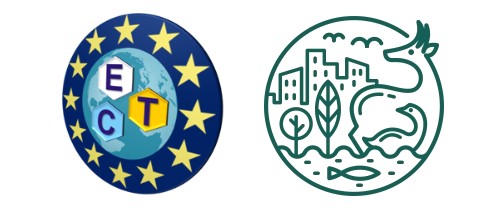
All organisms are not equal when exposed to environmental contamination. Inter- and intra- specific variation in responses to pollutants triggers a cascade of effects, affecting biodiversity and its resilience. These effects will be presented from physiological functions up to populations demography and genetics, through life-history traits and behaviour.
This course aims to provide awareness and understanding of organisms response to environmental contamination from individual to meta-populations.
At the end of the Unit, you should:
- Understand the dynamics of pollutants in the living compartment of ecosystems.
- Grasp the physiological mode of action of the main types of pollutants and their effect on traits at the level of the whole organism.
- Project the consequences at the population level, while accounting for evolutionary forces (selection, heredity).
You should also be able to:
- Mobilize classical concepts in ecology to interpret the effect of pollutants on populations.
- Make use of state-of-the-art modelling tools to predict the effects of pollutants on population dynamics and evolution.
- Teacher: Simon Colas
- Teacher: Charlotte Recapet
- Teacher: Matthias Vignon
